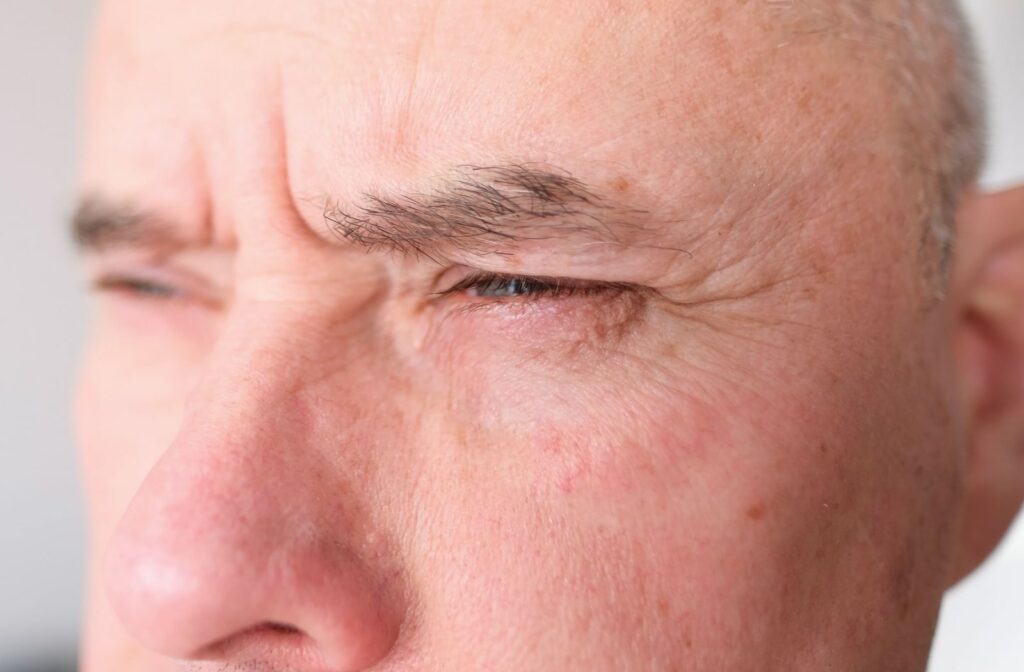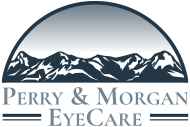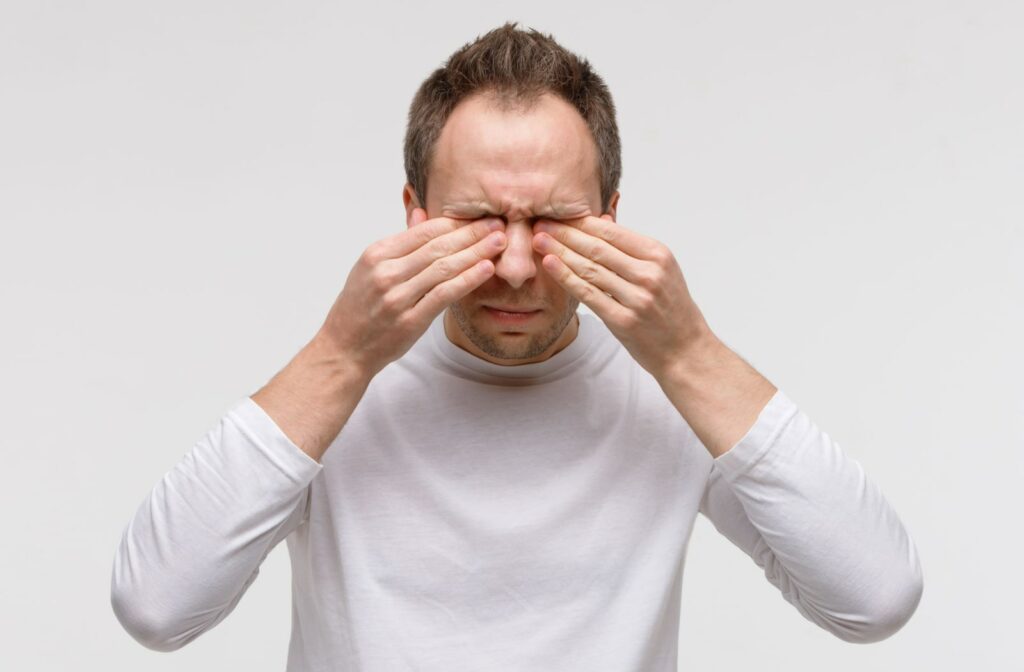Dry eye disease (DED) is a common ocular condition that affects millions of people worldwide. Despite its prevalence, many individuals may not fully grasp the complexities of this condition. Dry eye disease can lead to uncomfortable and frustrating symptoms that can impact your daily life.
Due to a lack of quality and quantity of tears, dry eye disease can cause fluctuating vision and ocular discomfort, including a burning sensation in your eyes and a scratchy feeling, among other symptoms. The good news is when you visit your eye doctor, they can discuss the causes of dry eye disease, conduct an eye exam to diagnose the condition, and recommend personalized treatment for symptom relief.
The Basics of Dry Eye Disease
Dry eye disease occurs when there is an imbalance in the quantity or quality of tears, leading to insufficient lubrication and protection of the eye’s surface. Tears are essential for maintaining eye health, providing moisture, and preventing infections.
When the quantity or quality of tears is compromised, it can result in an unstable tear film. Tears can’t work as they should, which can cause discomfort and potential damage to the cornea (transparent outer layer of the eye).
Causes & Risk Factors of Dry Eye Disease
Several factors contribute to the development of dry eye disease, resulting in fewer tears or increasing tear evaporation. Causes of dry eye disease include:
- Age: Tear production tends to diminish with advancing years.
- Environmental factors: Exposure to dry or windy climates, air pollution, air conditioning, and prolonged screen time can also exacerbate the condition.
- Medications: Side effects of medications used to treat depression, allergies, and high blood pressure can affect tear production.
- Medical conditions: Diabetes, thyroid problems, and autoimmune disorders may contribute to the onset of dry eye symptoms.
- Laser eye surgery: Your eyes may produce fewer tears after some types of laser eye surgery.
Your risk of developing dry eye disease increases if you are 50 or older or a woman, as hormonal changes during pregnancy and menopause can affect tear production.

Symptoms of Dry Eye Disease
Dry eye disease symptoms can vary depending on the severity. Recognizing these symptoms early on is crucial for seeking timely intervention and preventing potential complications:
- A gritty or scratchy sensation in the eyes
- Eye redness
- Excessive tearing (overcompensation for dryness due to lack of normal healthy tears)
- Blurry vision
- Sensitivity to light
- Discomfort when wearing contact lenses
Diagnosing Dry Eye Disease
If you believe you have dry eye disease, visit your eye doctor for a comprehensive evaluation for a diagnosis. They may also perform various tests, including measuring tear production and evaporation, assessing tear quality, and examining the overall health of the ocular surface. These evaluations help determine the underlying cause of dry eye and guide the development of an effective treatment plan.
Treatment for Dry Eye Disease
The management and treatment of dry eye disease typically involves a multifaceted approach tailored to the specific needs of the individual. Artificial tears and lubricating eye drops help alleviate mild symptoms and maintain ocular surface moisture.
In moderate dry eye disease, prescription medications, such as anti-inflammatory eye drops or oral supplements, may be prescribed to address underlying causes or promote tear production.
Lifestyle modifications can provide relief, such as using a humidifier, taking breaks during prolonged screen use, and avoiding exposure to harsh environmental conditions. In severe cases, your eye doctor may recommend punctal plugs (small devices inserted into tear ducts to block drainage) or in-office treatments.
In-Office Treatments for Dry Eye Disease
In-office treatments can include the following:
- OptiLight: This noninvasive, safe, and effective treatment is light-based. It helps improve tear break-up time and increase the function of the meibomian glands that secrete the oil layer in tears.
- LipiFlow: This heat-based treatment uses gentle heat over the eyes to improve meibomian gland function by removing blockages and stimulating the glands to produce oil.
- BlephEx: This treatment gently cleanses the eyelids to help remove foreign materials and enhance eyelid hygiene. Foreign materials responsible for dry eye symptoms include debris, bacteria, biofilm, and bacterial toxins.
How to Prevent Dry Eye Disease
While you can’t always prevent dry eye disease because of age and medical conditions, you can adopt certain habits to help reduce the risk and severity of dry eyes. Prevention measures can include:
- Staying hydrated
- Protecting your eyes from harsh environmental elements
- Getting enough sleep
Dry Eye Therapy for Symptom Relief
Dry eye disease is a prevalent and often underestimated condition that can significantly impact one’s quality of life. By understanding the causes, symptoms, and available treatment options, individuals can take proactive steps to manage and alleviate their symptoms.
If you suspect you may have dry eye disease, you don’t have to live with it. Book an appointment with Perry & Morgan EyeCare for a proper diagnosis and the development of an effective treatment plan tailored to your unique needs.



